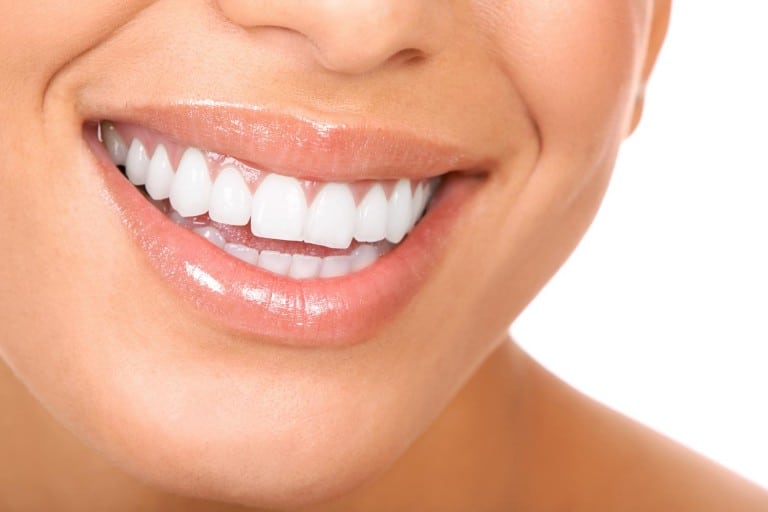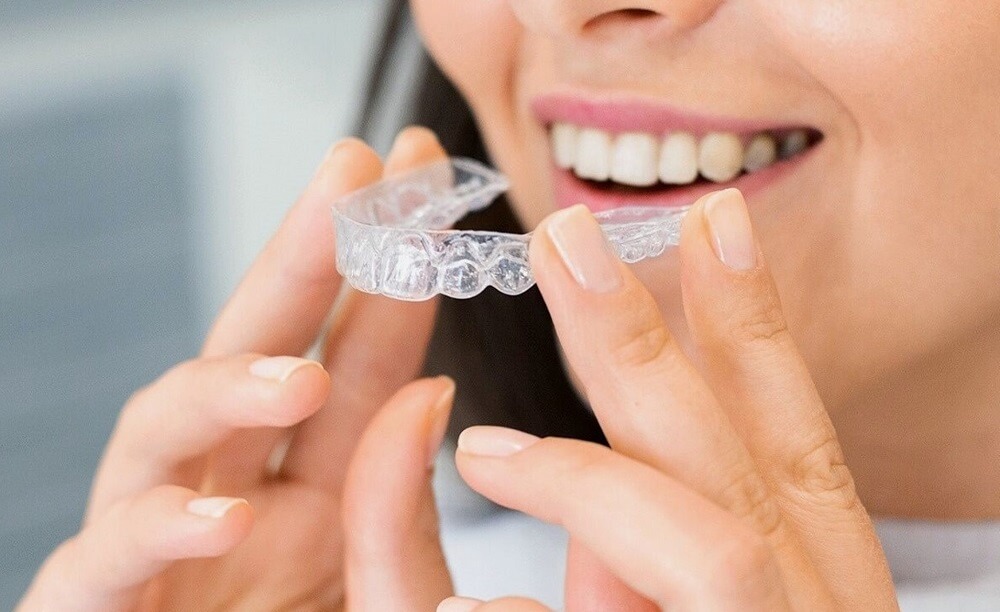
A Complete Guide to Dental Bonding and Veneers
Are you looking for the ultimate smile upgrade? Look no further than dental bonding and veneers! Whether you’re looking to fix a chipped tooth, close gaps between your teeth, or enhance your pearly whites, these cosmetic dentistry procedures can transform your look in just one visit. But with so many options out there, it can be tough to know where to start. That’s why we’ve compiled this complete guide – from the basics of dental bonding and veneers, how they work, and what you need to know before getting them done. So sit back, relax – and get ready to get excited about your new smile!
What is Dental Bonding?
Dental bonding is a quick and easy way to improve the look of your teeth. It can be used to fill in gaps, change the shape of your teeth, or improve the color of your teeth. It is also used to protect your teeth from damage.
Dental bonding is a popular choice for people who want to improve their smile but do not want to go through the hassle or expense of getting veneers. It can last for many years with proper care, but it is not as durable as veneers and may need to be replaced sooner.
If you are considering dental bonding, it is important to consult with a trained dentist to ensure that it is the right option for you.
What are Veneers?
A veneer is a thin layer of material placed over a tooth, either to improve the appearance of the tooth or to protect it from damage. Veneers can be made from porcelain or composite resin, and are custom-made to match the color of your natural teeth. They are usually only done on the front teeth since these are the teeth that are most visible when you smile.
The main advantage of veneers is that they can dramatically change the appearance of your teeth, making them look straighter, whiter, and more uniform. They can also be used to close gaps between teeth, and to make small teeth look larger. Veneers are also very durable and can last for many years with proper care.
The downside of veneers is that they are costly, and not always covered by insurance. They also require some preparation of the tooth before they can be applied, which means that they are not reversible. Additionally, veneers can sometimes chip or break, just like natural teeth.
Transformations with Dental Bonding and Veneers
Dental bonding and veneers are two amazing ways to transform your smile. Dental bonding can be used to change the shape, size, and color of your teeth, while veneers can be used to cover up stains, defects, and other imperfections. Both procedures are relatively quick and easy, and they can give you the beautiful smile you’ve always wanted.
If you’re considering dental bonding or veneers, consulting with a qualified cosmetic dentist is important.
5 Benefits of Dental Bonding and Veneers
If you are considering dental bonding or veneers, it is important to understand the differences between the two procedures and how each can benefit your smile. Here are 5 benefits of dental bonding and veneers:
1. Dental bonding can be used to repair minor chips or cracks in your teeth, while veneers are used to cover up larger flaws.
2. Dental bonding is less expensive than veneers and can usually be completed in one office visit. Veneers require two visits – one for the initial consultation and another for the procedure.
3. Dental bonding is a less invasive procedure than veneers since no drilling or anesthesia is required. With veneers, your dentist will need to drill into your tooth enamel in order to place the veneer.
4. Dental bonding can last for several years with proper care, while veneers typically last 10-15 years before needing to be replaced.
5. Dental bonding can be used to change the color, shape, and size of your teeth, while veneers are primarily used for changing the color and shape of your teeth.
What Are the Risks Involved?
There are a few risks involved in getting dental bonding and veneers. The first is that the bond or veneer may not adhere properly to the tooth, which can lead to staining or discoloration of the tooth.
Second, if the bond or veneer is not placed correctly on the tooth, it can cause gum irritation or even gum recession.
Third, if the dental bonding material is not strong enough, it can chip or crack over time.
Finally, if you have an allergic reaction to the dental bonding material, you may experience swelling, redness, and pain at the site of the bonding.
How To Find a Qualified Dentist for Dental Bonding and Veneers?
If you are considering dental bonding or veneers, it is important to find a qualified dentist who can provide the procedure. There are many factors to consider when choosing a dentist for dental bonding and veneers, including:
Training and experience: It is important to choose a dentist who has been trained in performing dental bonding and veneers. You can ask your family and friends for recommendations, or look for dentists who have been certified by the American Academy of Cosmetic Dentistry (AACD).
Cost: Dental bonding and veneers can be expensive, so it is important to compare prices before choosing a dentist. Be sure to ask about payment plans and insurance coverage.
Location: You may want to choose a dentist who is located close to your home or office, so you can easily get to appointments.
Schedule: Make sure the dentist you choose has appointment times that fit your schedule.
Conclusion
Dental bonding and veneers are two excellent options for improving the aesthetics of your teeth. Dental Bonding may be a more affordable route, while veneers will give you longer-lasting results that look more natural. Ultimately, which option is right for you will depend on how much time and money you have to invest in your smile. Before making a decision, it’s best to talk with a dentist and get their expert opinion on whether dental bonding or veneers would best meet your needs.





